Controlled Drug Release
Controlled drug release, also known as sustained or extended drug release, is a vital aspect of pharmaceutical science aimed at optimizing the therapeutic efficacy and minimizing side effects of medications. At its core, controlled drug release involves the deliberate modulation of the rate and timing at which a drug is delivered into the body. This process is meticulously engineered to ensure that the drug reaches its target site in a controlled manner, maintaining optimal drug concentrations over an extended period. One of the primary objectives of controlled drug release is to enhance patient compliance by reducing the frequency of dosing, thereby improving convenience and overall treatment outcomes.
Innovative drug delivery systems have been developed to achieve controlled drug release, offering various mechanisms to regulate the release kinetics of therapeutic agents. These systems encompass a diverse range of formulations, including matrices, reservoirs, and micro/nanostructured carriers, each tailored to accommodate specific drugs and therapeutic requirements. Matrices, for instance, provide sustained release by embedding the drug within a polymer matrix, allowing for controlled diffusion over time. Reservoir systems, on the other hand, consist of a drug reservoir surrounded by a semipermeable membrane, enabling controlled release through osmotic pressure or mechanical means.
Nanotechnology has revolutionized controlled drug release by enabling precise manipulation of drug delivery at the nanoscale level. Nanoparticles, liposomes, and dendrimers are among the nanostructured carriers utilized to achieve targeted and sustained drug release. These carriers can be engineered with surface modifications to enhance biocompatibility, target specific cells or tissues, and control release kinetics through stimuli-responsive mechanisms.
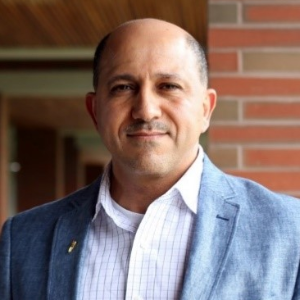
Hossam A Gabbar
Ontario Tech University, Canada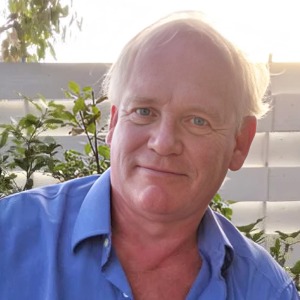
Victor John Law
University College Dublin, Ireland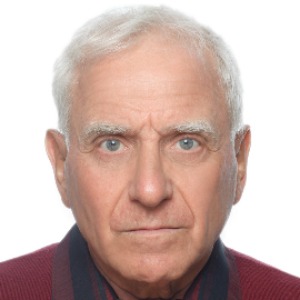
Alexander Bagaturyants
National Research Nuclear University MEPhI, Russian Federation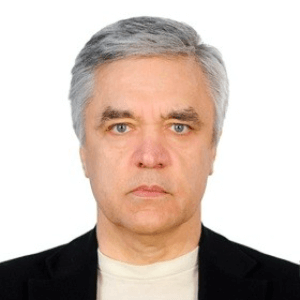
Sergey Suchkov
N.D. Zelinskii Institute for Organic Chemistry of the Russian Academy of Sciences, Russian Federation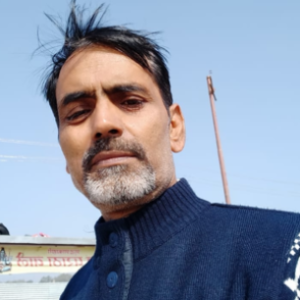
Shree Niwas Chaturvedi
Centre for Aptitude Analysis and Talent Search, India
Pieter Samyn
SIRRIS, Belgium
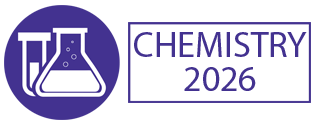



Title : Advances in plasma-based radioactive waste treatment
Hossam A Gabbar, Ontario Tech University, Canada
Title : Unraveling the ultrastructure and functions of the neuronal membrane skeleton using super-resolution fluorescence microscopy
Zhou Ruobo, Djillali Liabes University of Sidi Bel Abbes, Algeria
Title : Solar box cooker dehydration, and relative humidity endpoint detection, of lamiaceae culinary leaves on the island of Crete
Victor John Law, University College Dublin, Ireland
Title : Nutrient and heavy metal loads from the Ribeiras to Coastal zones: A land-ocean continuum perspective in Madeira Island
Aracelis Del Carmen Narayan Rajnauth, University of Porto, Portugal
Title : Prospective polyoxometalate-based covalent organic framework heterogeneous catalysts
Arash Ebrahimi, Comenius University Bratislava, Slovenia
Title : Eliminating implant failure in humans with nano chemistry: 30,000 cases and counting
Thomas J Webster, Brown University, United States